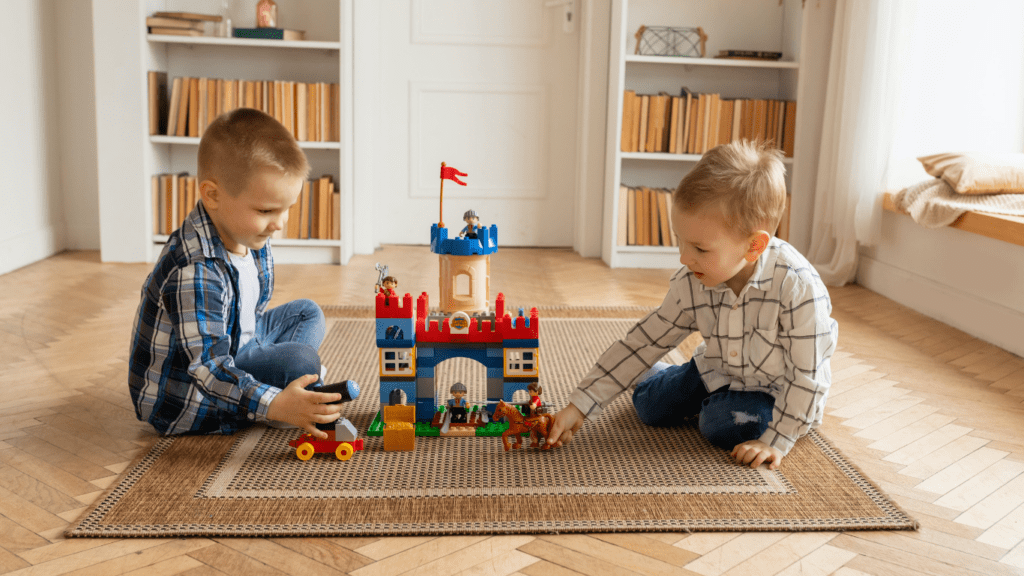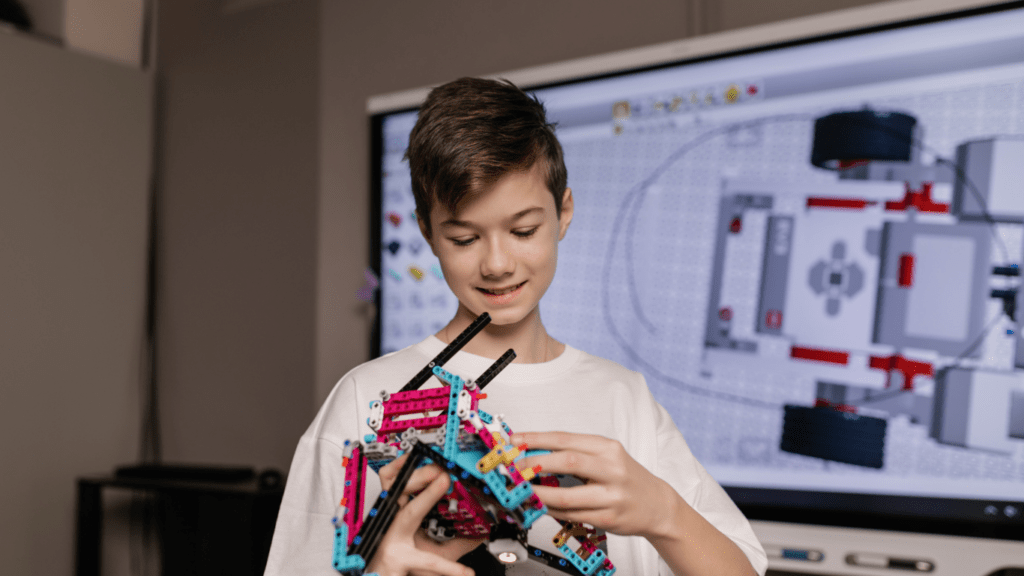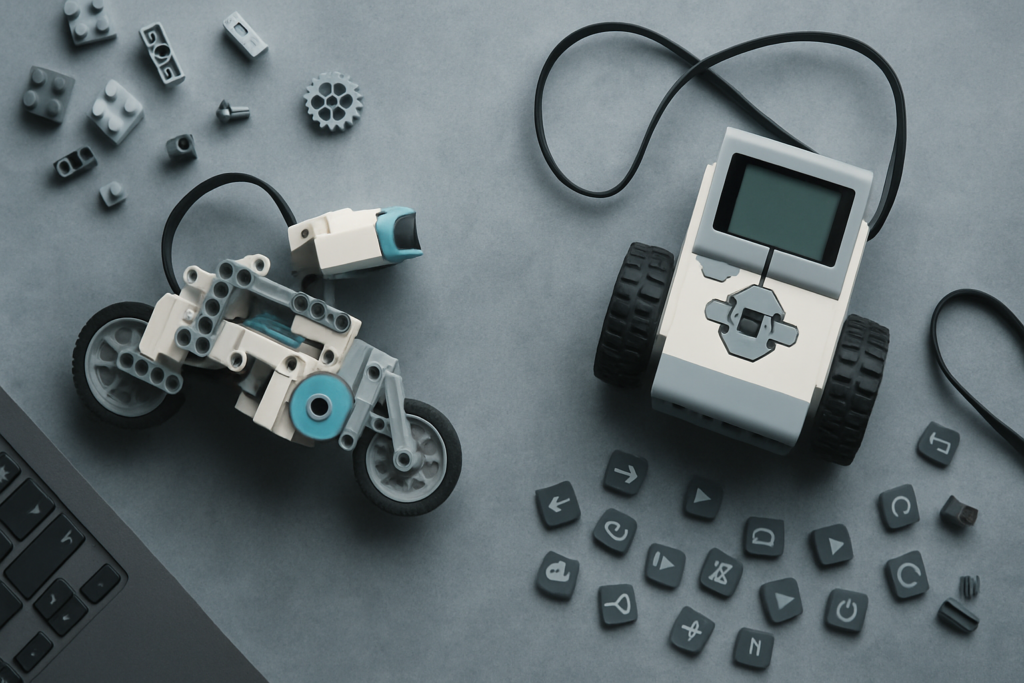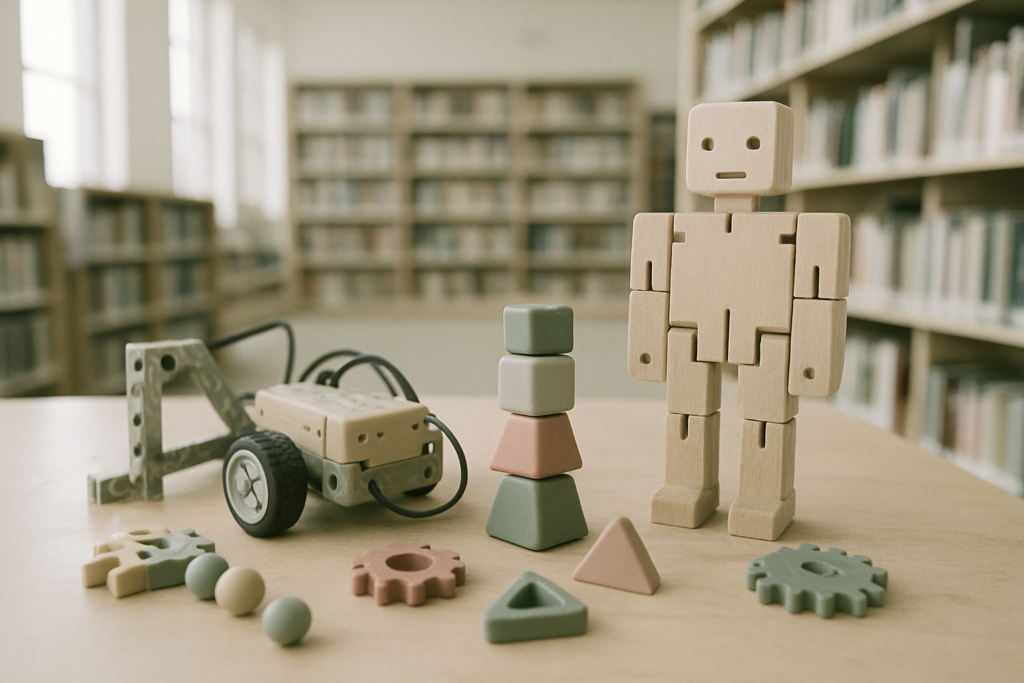Understanding STEM Toys and Their Impact on Learning
STEM toys play a significant role in engaging future game developers. They offer resources that blend learning with play to foster essential skills.
What Are STEM Toys?
STEM toys focus on education in science, technology, engineering, and mathematics. Examples include:
- programmable robots
- interactive coding kits
- electronic building blocks
These toys use hands-on activities to teach complex concepts. They help children understand how things work while providing opportunities to experiment and innovate.
How STEM Toys Enhance Cognitive Abilities
- STEM toys boost problem-solving skills by presenting challenges that need creative solutions.
- They enhance logical thinking by requiring kids to follow sequences and patterns.
- Toys like coding kits develop computational thinking, helping children break down tasks into manageable steps.
- Building toys improve spatial awareness and motor skills, offering both physical and mental benefits.
Top Innovative STEM Toys for Aspiring Game Developers
STEM toys play a pivotal role in nurturing the skills needed for game development. The following toys aid in building a strong foundation for aspiring game developers.
Building Blocks and Robotics Kits
Building blocks and robotics kits foster creativity and engineering skills. Lego Mindstorms introduces programming through building and coding robots, suitable for children aged 10 and above.
VEX Robotics kits encourage the creation of complex machines, promoting logical thinking with hands-on learning.
Programming and Coding Games
Programming and coding games engage young minds in learning code fundamentals. Minecraft: Education Edition allows players to use code to modify their world, teaching JavaScript and Python basics.
Scratch, developed by MIT, simplifies coding for younger users, encouraging the creation of interactive stories and games.
Virtual Reality and Simulation Tools
Virtual reality and simulation tools provide immersive learning experiences. Oculus Quest, for instance, offers VR development platforms like Unity, enabling users to create detailed virtual environments.
Bloxels introduces game design by letting users build their games with physical blocks and integrating them into a digital platform.
STEM toys equip aspiring game developers with the essential skills needed for the future, blending play with educational experiences.
Benefits of STEM Toys in Early Game Development Education

STEM toys foster essential skills for budding game developers. They facilitate the acquisition of foundational abilities through engaging and interactive experiences.
Encouraging Problem-Solving Skills
STEM toys promote critical thinking. Children encounter challenges that require identifying issues, analyzing situations, and devising solutions.
For instance, programmable robots like:
- Sphero Bolt
- Lego Mindstorms
teach children to solve tasks by programming sequences of actions.
Using these toys, kids develop a methodical approach to problem-solving which is crucial in game design.
Enhancing Technical Proficiency
Early exposure to technology boosts technical aptitude. Coding kits like Kano Computer Kit and Raspberry Pi introduce programming basics. Kids learn to write code, build circuits, and understand hardware-software interactions.
These activities improve their technical skills, laying a strong foundation for future game development.
Additionally, virtual reality experiences with devices like Oculus Quest immerse children in 3D environments, enhancing their understanding of spatial relationships and digital interactivity essential for creating complex game worlds.
Key Features to Look for in STEM Toys for Game Developers
Finding the right STEM toys for aspiring game developers involves looking for specific features.
These features ensure the toy not only entertains but also educates and prepares children for future careers in game development.
Adaptability and Scalability
STEM toys need adaptability and scalability. A toy should grow with the child, offering challenges as they develop new skills. Lego
Mindstorms is a good example, allowing users to start with basic builds and advance to complex programming tasks. This scalability keeps children engaged long-term, providing continuous learning opportunities.
Interactive and Engaging Elements
Toys with interactive and engaging elements capture children’s interest and make learning fun. For instance, programmable robots often include sensors and movement options.
These elements encourage hands-on learning and critical thinking.
Oculus Quest provides immersive virtual reality experiences, promoting an interactive method to understand and create in a 3D space, enhancing spatial awareness crucial for game development.



